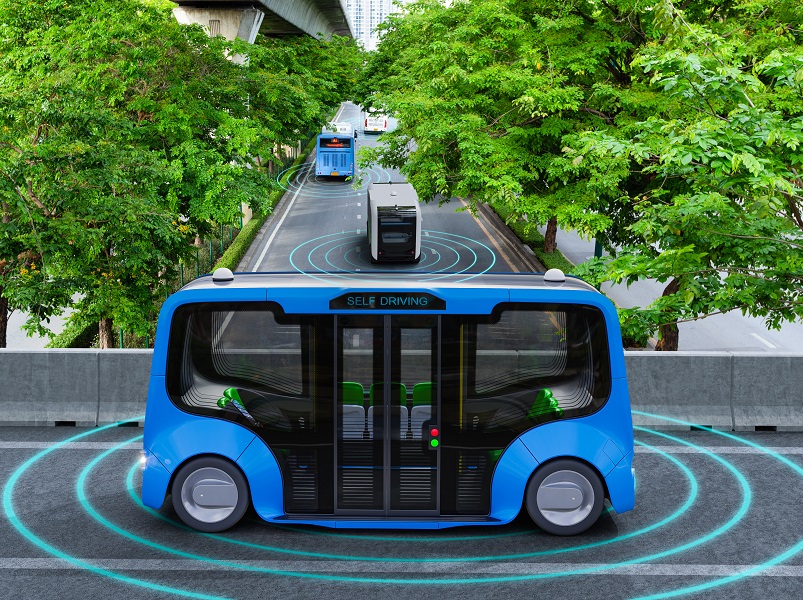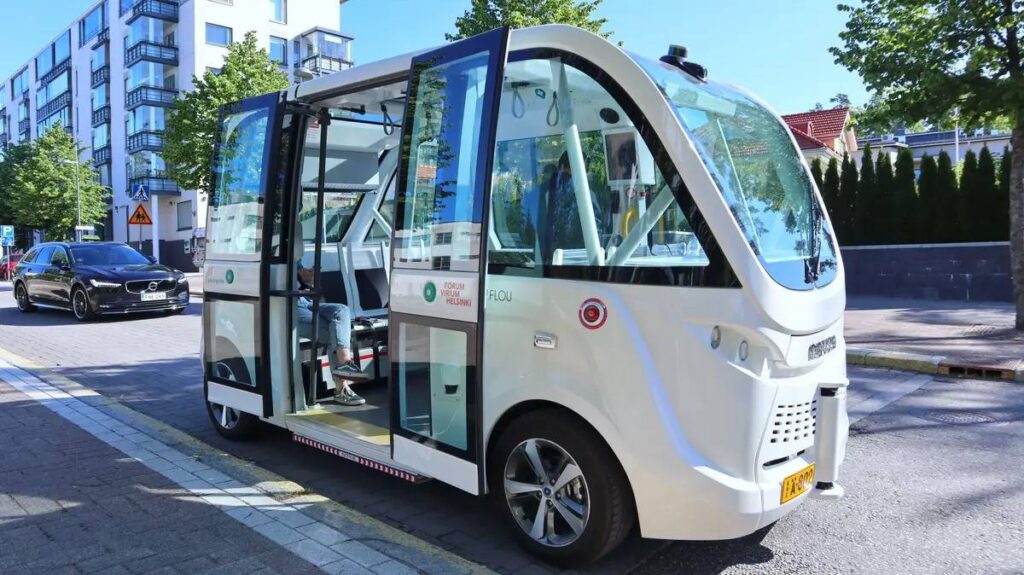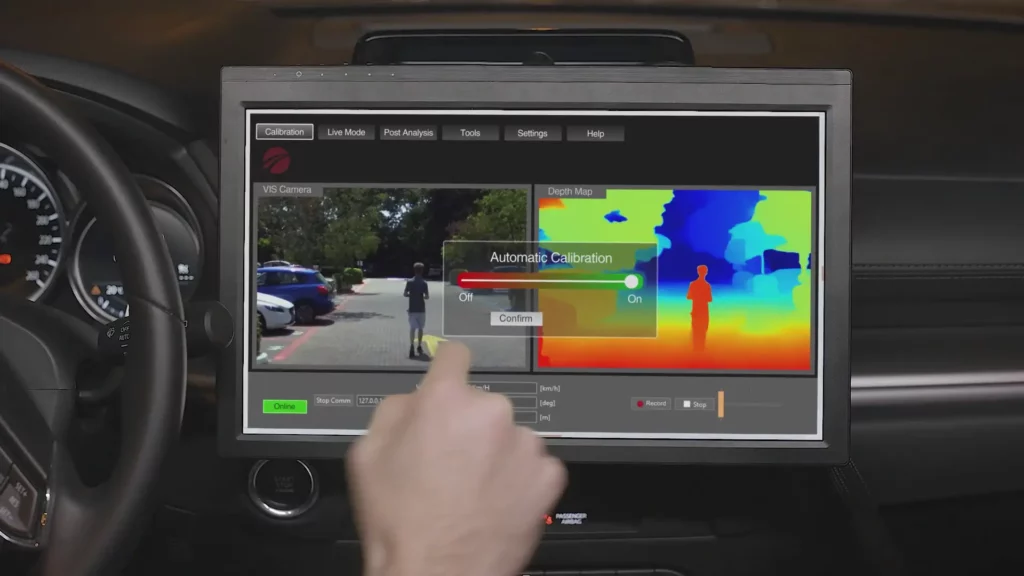Industries
Autonomous Shuttles

Industries
Shuttles

Autonomous Shuttles
Autonomous shuttles are an increasingly popular transportation method, promising to reduce overcrowding and simplify travel. These self-driving shuttles are expected to debut shortly, with applications across numerous settings, such as college campuses, city centers, shopping plazas, and office travel.
The use of autonomous shuttles is a promising development, with potential benefits such as reduced traffic congestion, improved accessibility, and enhanced safety. By leveraging cutting-edge technologies, these shuttles offer a more convenient and efficient way of transportation, addressing some of the most pressing mobility challenges of our time.
Alternative in Transportation
Autonomous shuttles have been under development in restricted areas for several years, offering a promising alternative in transportation. With traditional buses requiring increased maintenance and infrastructure, self-driving shuttles are expected to become more popular, as they do not require similar maintenance and fueling infrastructure.
These shuttles offer numerous benefits, such as improved traffic safety, enhanced mobility for young drivers, the elderly, and the disabled, increased accessibility in underserved communities, and greater productivity in transit and trucking. With Foresight’s technology, these shuttles can operate in all weather conditions, delivering a valuable service to the public while maintaining high passenger safety standards and profitability.

Solutions
Mono2Stereo™
Our proprietary software-based algorithms create a 3D perception stereo vision that upgrades and amplifies existing vision sensor systems’ performance without requiring new or additional hardware.
ScaleCam™
Our unique solution allows camera modules to be placed independently apart supporting large baselines without requiring any stringent mechanical constraints or manual calibration allowing higher accuracy at longer distances.
Percept3D™
Our point cloud provides 3D raw data that can be used for accurate obstacle detection, in-depth terrain analysis and autonomous vehicle sensor fusion.
QuadSight 2.0™
Our QuadSight multi-spectral vision solution allows for exceptionally accurate obstacle detection in harsh lighting and weather conditions.
DynamiCal™
Our Automatic Calibration technology uses a dedicated algorithm to assess relative pose estimation, providing an accurate stereoscopic 3D perception.
Request A Demo
Reach Out And Schedule A Demo
